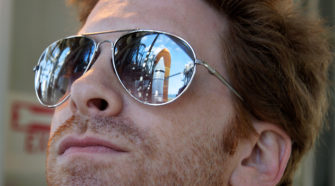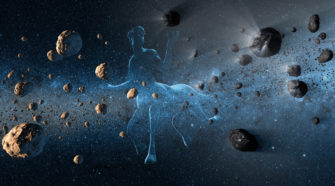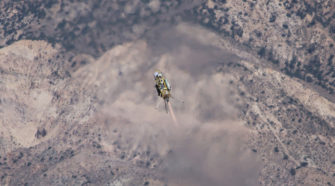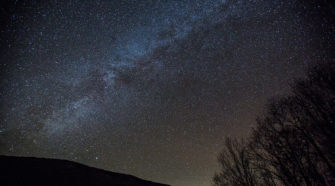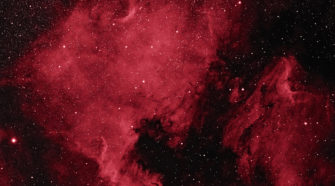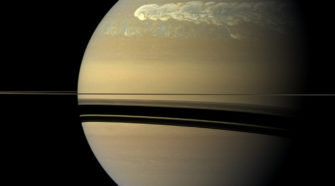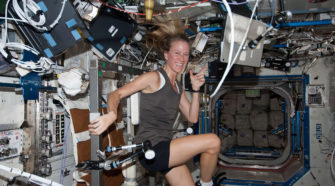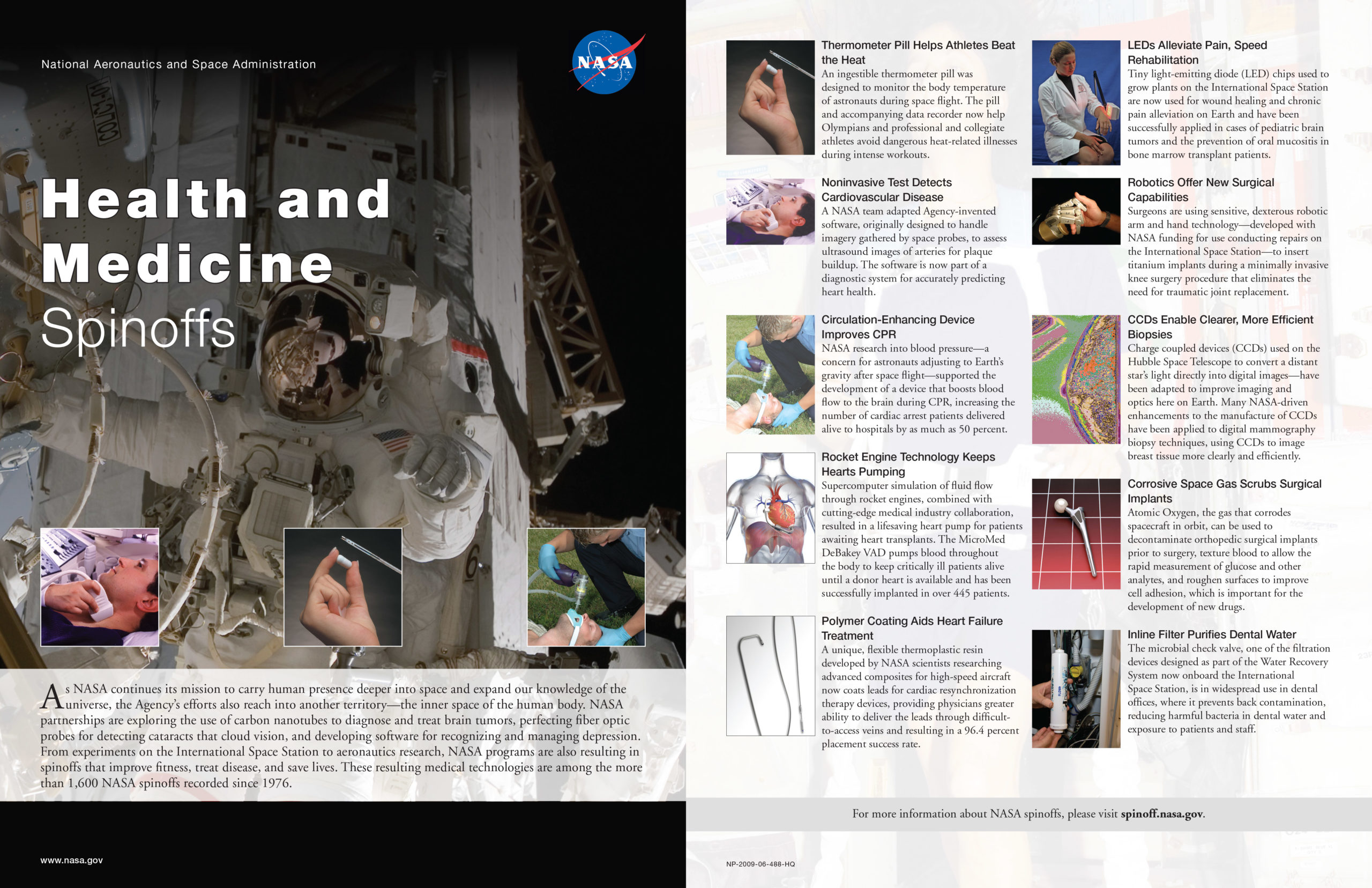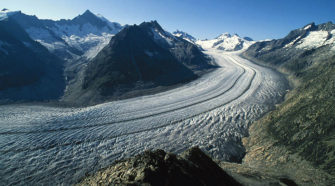Issue #3 (October 2013)
Actor Seth Green has his eye on space
Despite being one of the hardest working actors in Hollywood, Seth Green still finds time to stay current on NASA missions and dreams of going into space one day. With three TV shows currently on the air – Dads, Robot Chicken and Family Guy – he’s only a few clicks of a remote away from …
WISE finds mysterious centaurs may be comets
The true identity of centaurs, the small celestial bodies orbiting the sun between Jupiter and Neptune, is one of the enduring mysteries of astrophysics. Are they asteroids or comets? A new study of observations from NASA’s Wide-field Infrared Survey Explorer (WISE) finds most centaurs are comets. Until now, astronomers were not certain whether centaurs are …
Masten’s Xombie rocket tests new precision landing software
A year after NASA’s Mars rover Curiosity’s landed on Mars, engineers at NASA’s Jet Propulsion Laboratory in Pasadena, Calif., are testing a sophisticated flight-control algorithm that could allow for even more precise, pinpoint landings of future Martian spacecraft. Flight testing of the new Fuel Optimal Large Divert Guidance (G-FOLD) algorithm for planetary pinpoint landing is being …
Starting in astronomy: Recognising the night sky
When you look up into the night skies you will see a myriad of twinkling stars. With all of the stars in the sky you would have thought it would be impossible to recognise individual ones, but you would be wrong. Of course, nobody can recognise all of them but by starting to see patterns …
Cygnus the swan
Cygnus, The Swan, is a majestic and easy to identify constellation in the northern hemisphere. This is best viewed in summer and autumn when it rises overhead in the night skies. Cygnus is a great naked eye constellation with lots of detail and great objects within it as you start to use more powerful optical …
Saturn’s monster storm surprises
A monster storm that erupted on Saturn in late 2010 – as large as any storm ever observed on the ringed planet – has already impressed researchers with its intensity and long-lived turbulence. A new paper in the journal Icarus reveals another facet of the storm’s explosive power: its ability to churn up water ice from …
Importance of exercise while in orbit
Human space flight is a physically demanding experience. It poses numerous risks, many of them are very evident, but some are hidden to the naked eye. The most important hidden health challenge is the bone density changes that are brought on by prolonged weightlessness. These bone density changes in the hip and back are very …
NASA Spinoffs for health and medicine
As NASA continues its mission to carry human presence deeper into space and expand our knowledge of the universe, the Agency’s efforts also reach into another territory—the inner space of the human body. NASA partnerships are exploring the use of carbon nanotubes to diagnose and treat brain tumors, perfecting fiber optic probes for detecting cataracts …
Soot likely played a role in 1800s glacier retreat
A NASA-led team of scientists has uncovered strong evidence that soot from a rapidly industrializing Europe caused the abrupt retreat of mountain glaciers in the European Alps that began in the 1860s, a period often thought of as the end of the Little Ice Age. The research last month in the Proceedings of the National Academy …
Spacefest V: The ultimate party for space lovers
Recollections of Spacefest V “The past is prologue” as I once heard. A once politicised and technology based race to the Moon has yielded innumerable spin-off benefits and technology, but has also served as a prologue to many other events. The birth and rise of the new commercial space industry. International Space Agency cooperation with …

